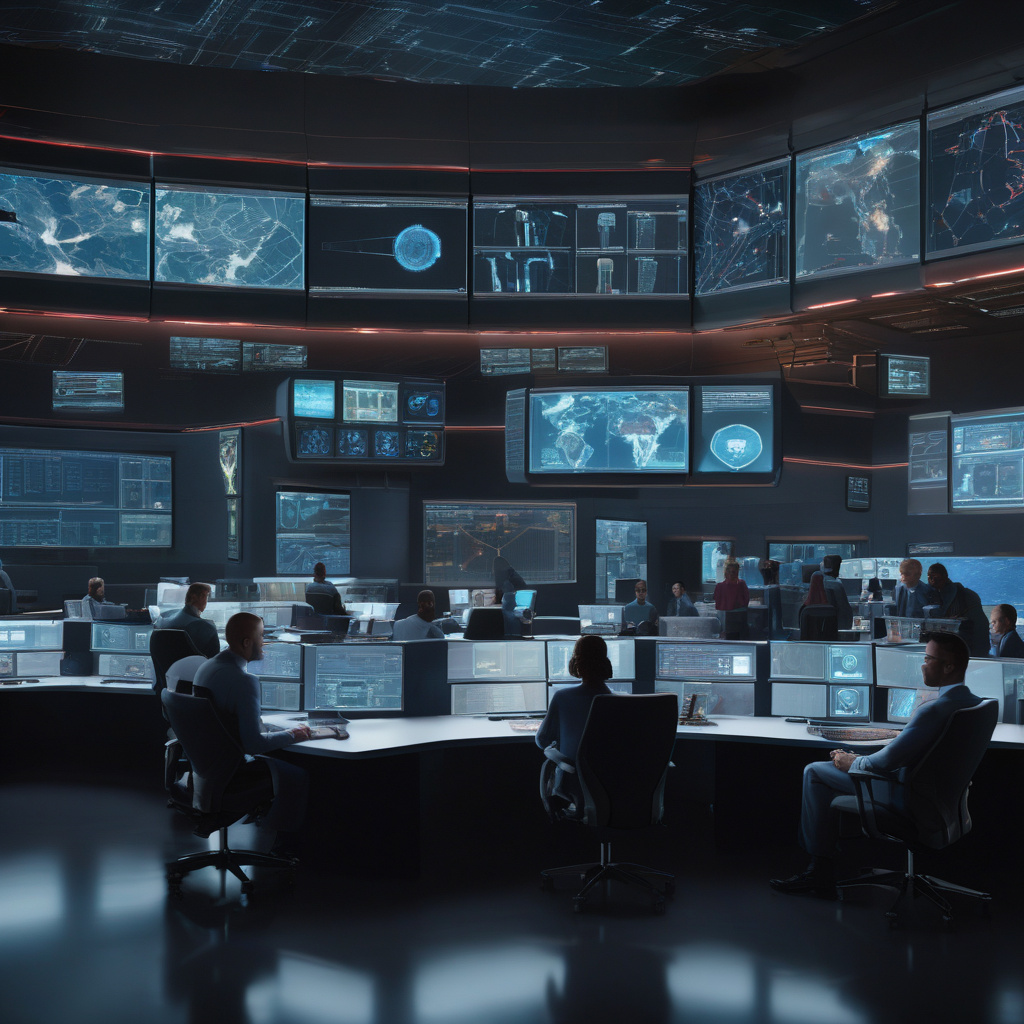In the fast-paced realm of cybersecurity, the utilization of Artificial Intelligence (AI) for automated remediation has become a pivotal strategy for security teams seeking to bolster their defense mechanisms. The allure of AI lies in its ability to swiftly detect and respond to threats, minimizing response times and potentially averting security breaches. However, despite the significant investments made in AI technology, security teams often find themselves grappling with a profound dilemma – the AI trust paradox.
At the crux of this paradox is the reluctance of security teams to place full trust in automated remediation powered by AI. This hesitance stems from a potent combination of concerns surrounding unintended consequences and a perceived lack of transparency inherent in AI systems. While AI holds immense promise in fortifying cybersecurity postures, the fear of relinquishing control to algorithms that operate beyond human comprehension casts a shadow of doubt over its efficacy.
One of the primary apprehensions that plague security professionals is the notion of unintended consequences stemming from automated remediation. The complex nature of AI algorithms leaves room for unforeseen outcomes, raising apprehensions about the potential impact of automated responses on critical systems. A false positive or misinterpretation by AI could lead to disruptive actions that not only fail to address the threat at hand but also exacerbate existing vulnerabilities.
Moreover, the opaqueness surrounding the decision-making processes of AI systems contributes to the erosion of trust among security teams. Unlike human analysts whose rationale and logic can be articulated and scrutinized, AI operates through intricate algorithms that often operate as black boxes. This lack of transparency leaves security professionals in the dark regarding the inner workings of AI-driven remediation, fostering a sense of unease and skepticism.
To address the AI trust paradox, security teams must adopt a nuanced approach that combines the strengths of AI with human oversight and intervention. Rather than viewing AI as a panacea for all cybersecurity challenges, organizations should recognize it as a powerful tool that complements human expertise. By integrating AI into existing security frameworks without ceding complete control, teams can leverage its capabilities while retaining the ability to intervene in critical decision-making processes.
Transparency emerges as a cornerstone in building trust in AI-driven remediation. Developers and vendors must prioritize explainability and interpretability in AI systems, ensuring that the rationale behind automated actions is comprehensible to human operators. By demystifying the black box of AI algorithms, organizations can instill confidence in security teams and foster a collaborative relationship between humans and machines in the realm of cybersecurity.
Furthermore, continuous validation and monitoring of AI algorithms are essential to mitigate the risks of unintended consequences. Security teams should conduct regular assessments of AI-driven remediation processes, validating outcomes against predefined benchmarks and ensuring alignment with organizational security policies. By establishing robust mechanisms for oversight and validation, organizations can instill a sense of control and accountability in AI operations.
In conclusion, the AI trust paradox underscores the delicate balance between embracing technological innovation and preserving human oversight in cybersecurity. While AI offers unprecedented capabilities in automated remediation, security teams must navigate the complexities of unintended consequences and transparency to foster trust in AI systems. By embracing a collaborative model that integrates human expertise with AI capabilities, organizations can harness the full potential of automated remediation while mitigating risks and bolstering cybersecurity resilience.

